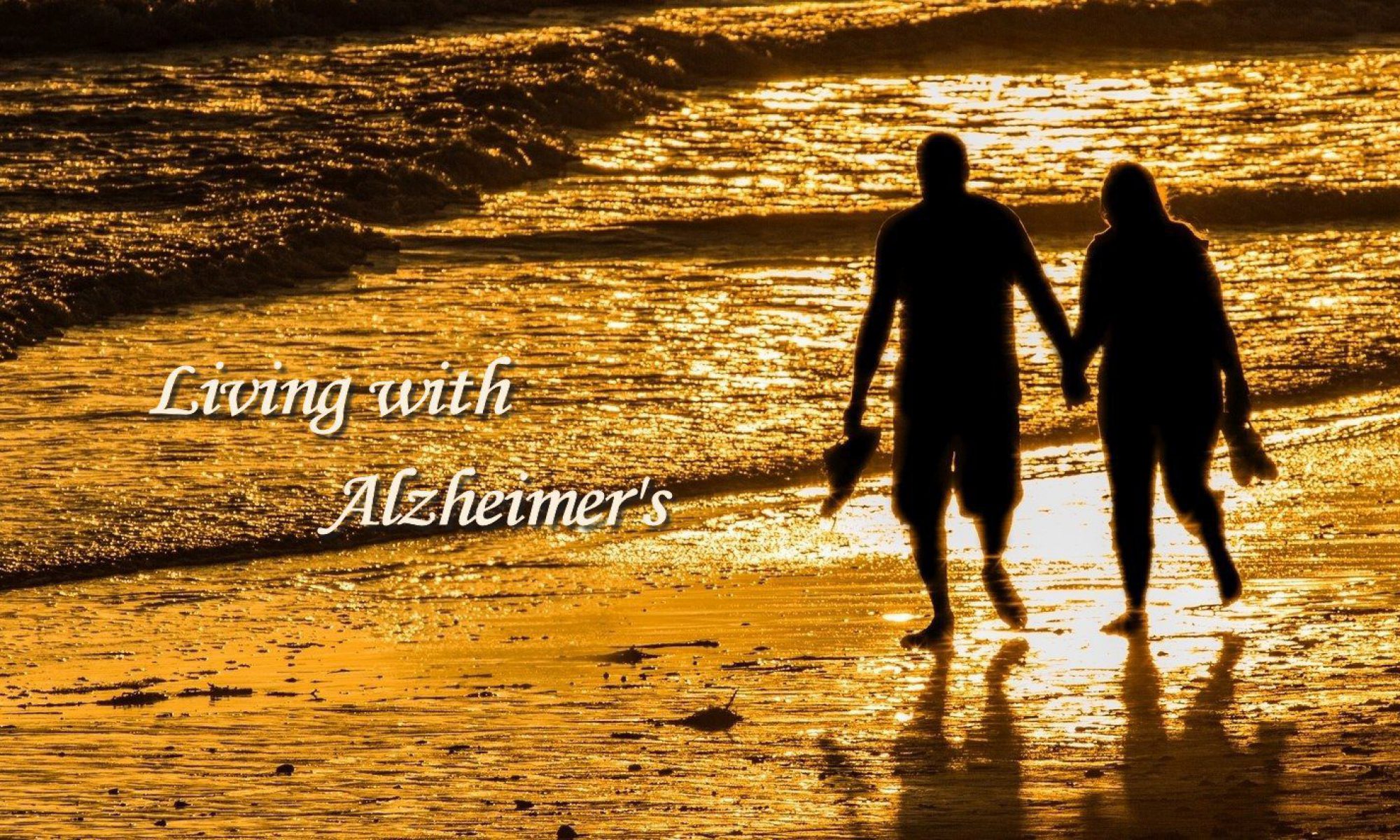During the early years after Kate’s diagnosis, I honored her desire not to tell anyone right away. That included our family, but I found that getting the diagnosis had made me focus my attention on making the most of our time together. I wanted our daughter and son, then in their 40s, to have the same opportunity, so I arranged a phone call to fill them in. That turned out to be a wise decision. They’ve played a significant role as members of “Our Team” of supporters, and have helped make our lives happy.
Although both of them live out of state, they are regularly in touch with us by phone and visit us several times a year. Our son is a certified care manager who consults families regarding a broad range of decisions often faced by seniors. That has been especially beneficial to me as Kate’s primary caregiver.
They made their most recent visit to dovetail with Father’s Day and my birthday. Two days later, our daughter’s husband, their twin sons, and the girlfriend of one of the twins joined them. At this stage of Kate’s Alzheimer’s, family moments together are very special. This one was no exception. It served as a reminder that family relationships play a valuable role at every stage of life. I am grateful for what that has meant to us.





